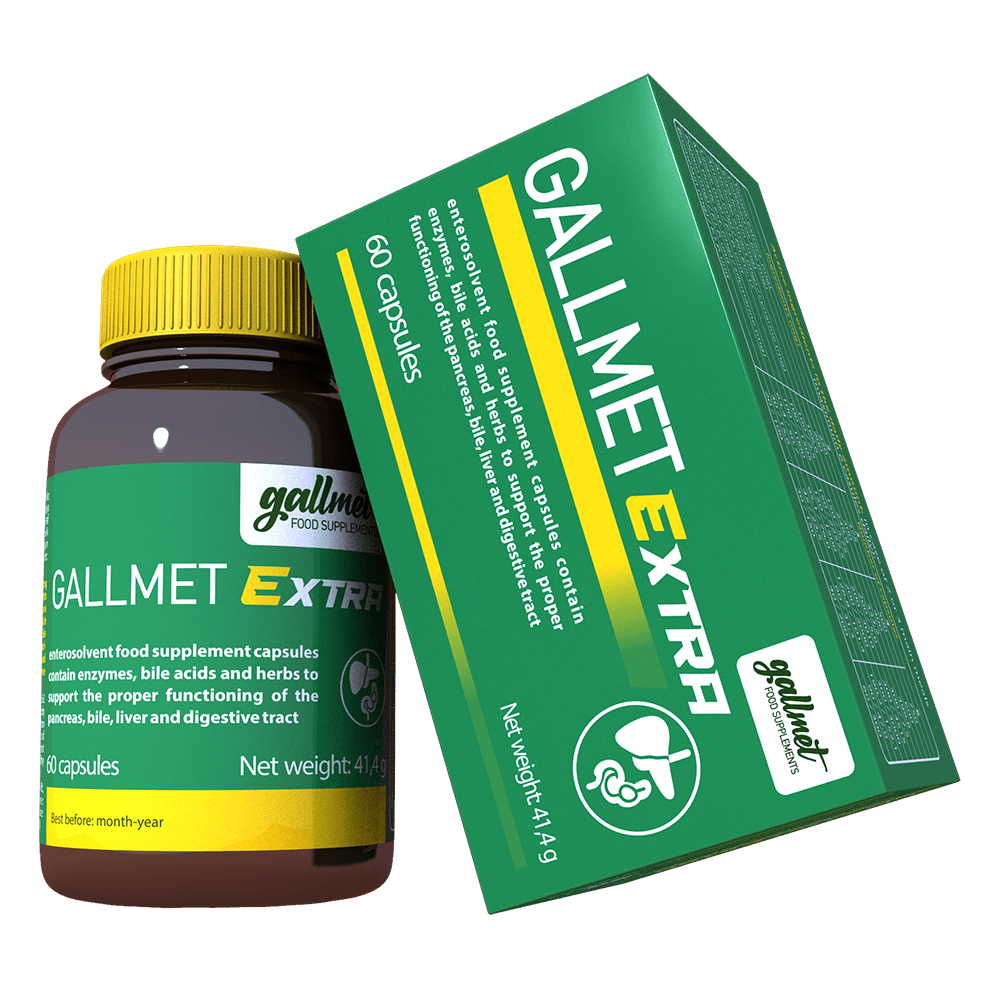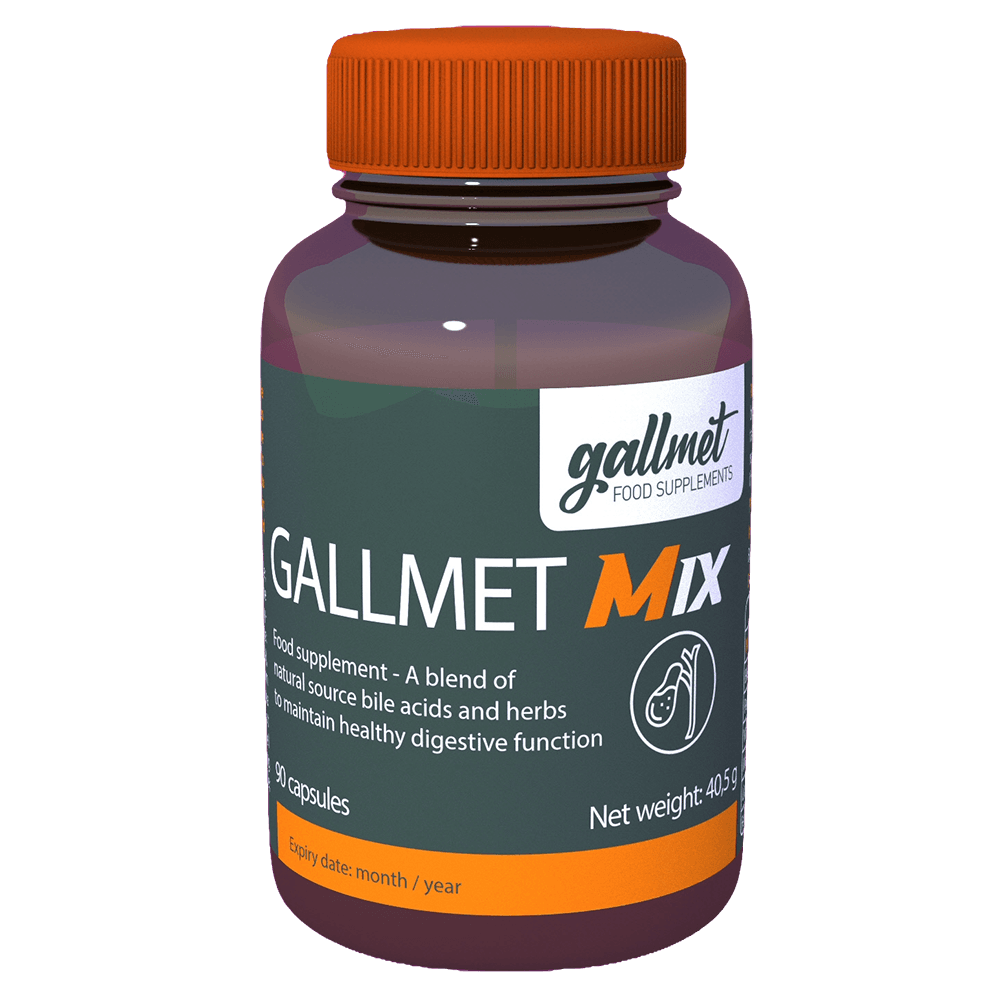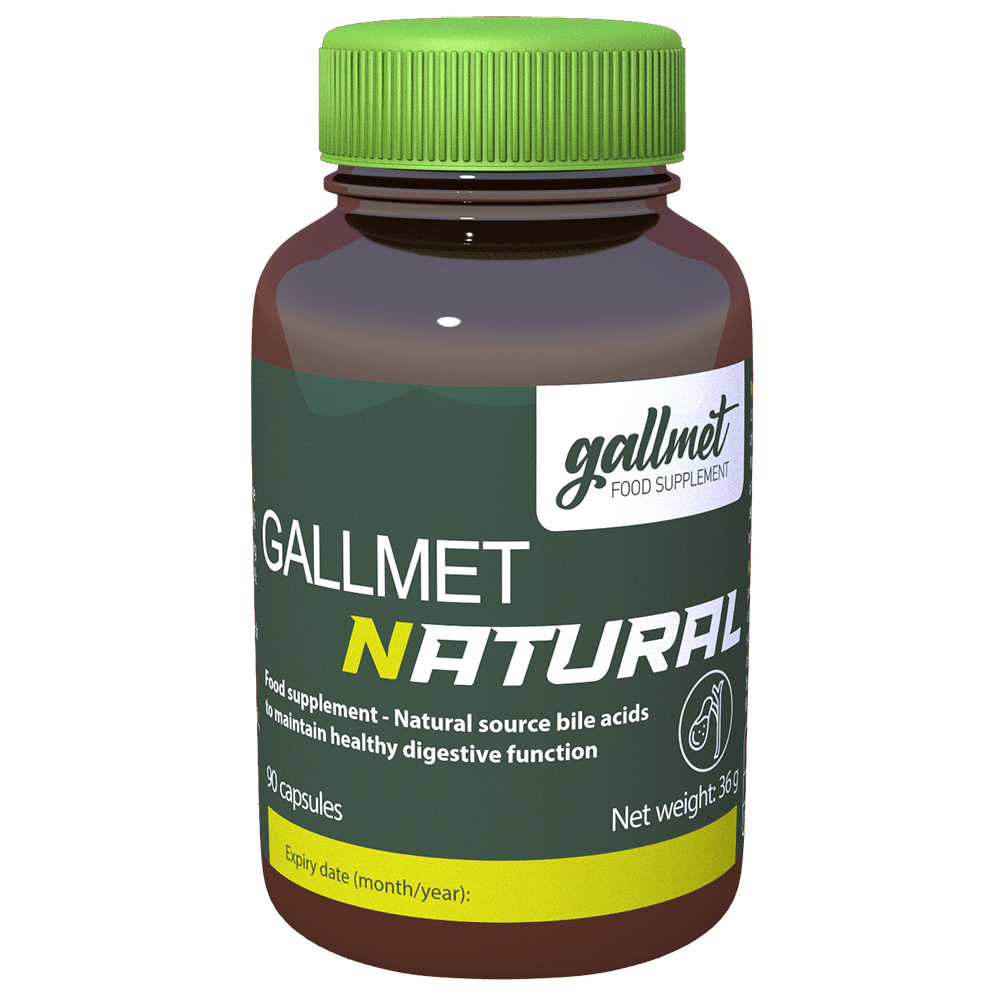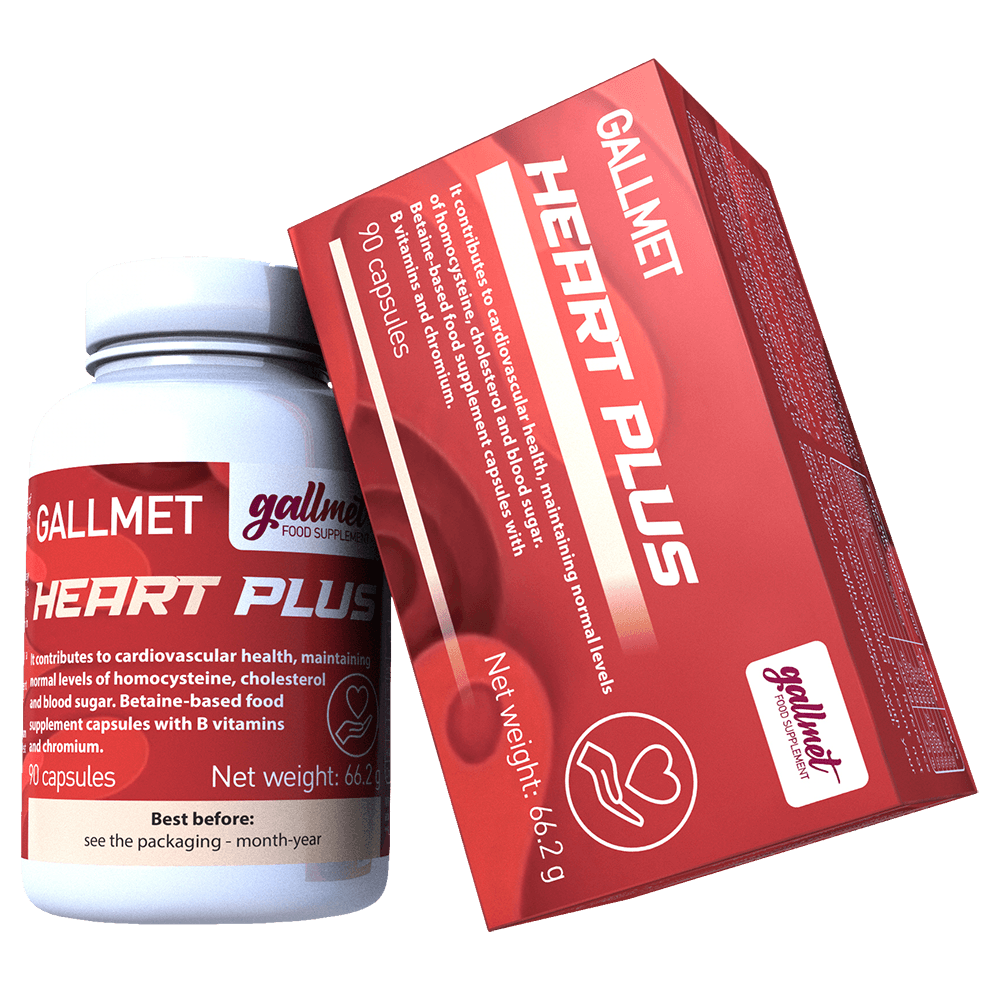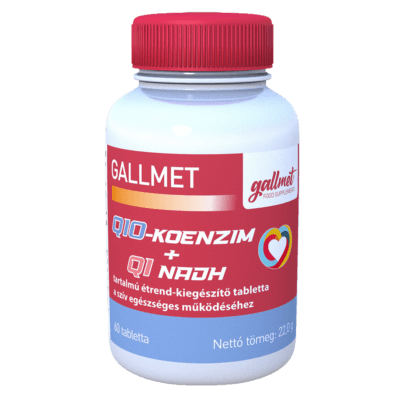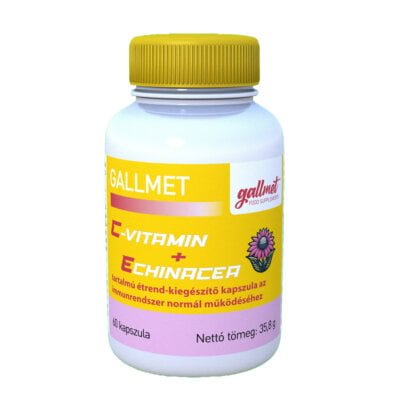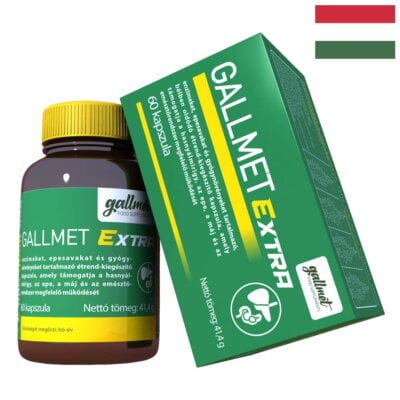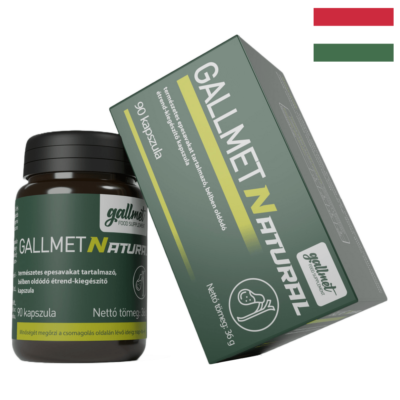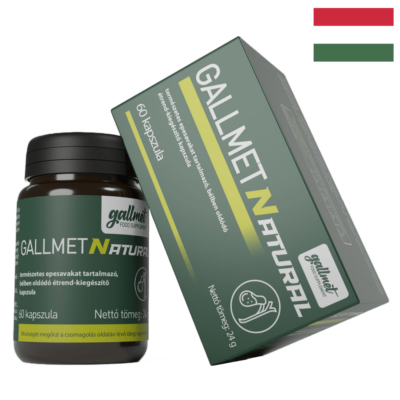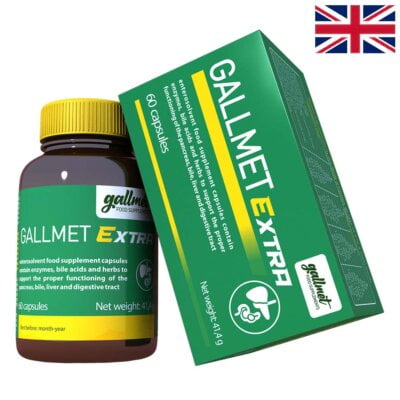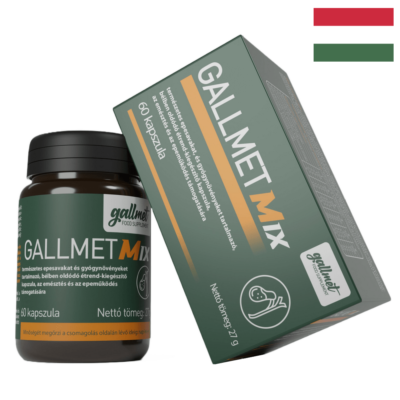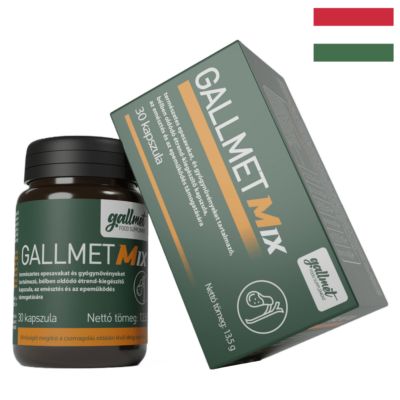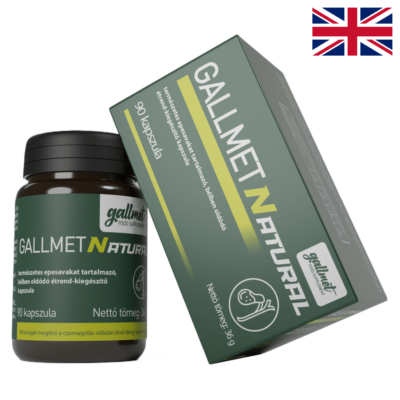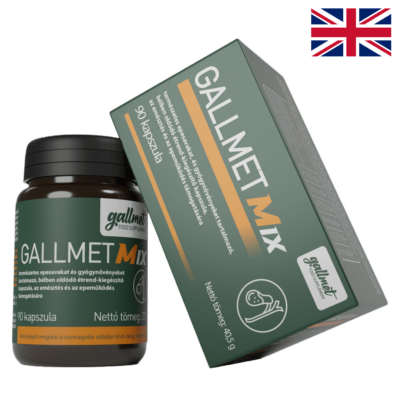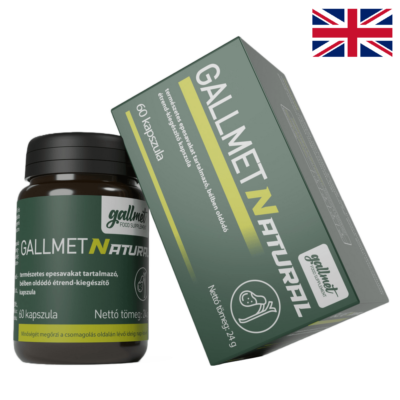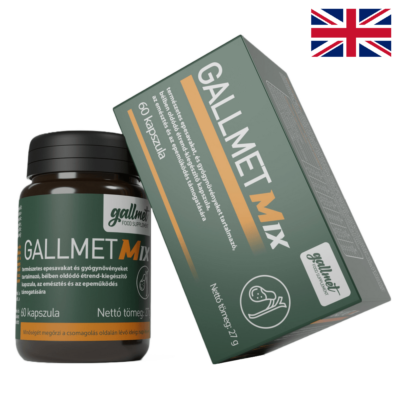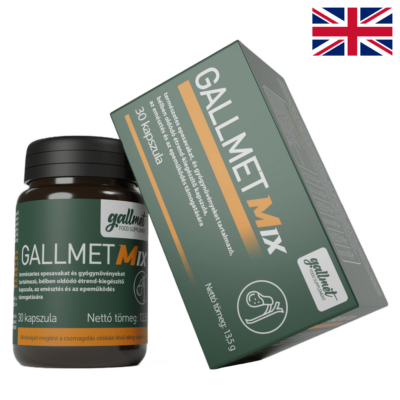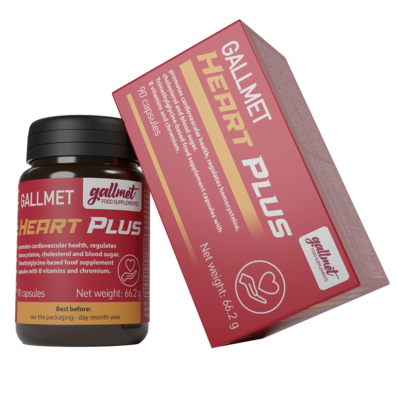Fat breakdown of bile acids
Title: ANYAGCSERE - ADDITION - ENERGY - CALORIA
Source: Bioenergetic
Bile is a secretion of the liver, a bitter-tasting, viscous, greenish-yellow or yellowish-brown liquid with an alkaline pH (liver bile is around pH 7.8, gallbladder bile between pH 7.0 and 7.5). It is constantly produced by liver cells but only enters the duodenum during digestion. It accumulates in the gall bladder during the digestive pause, where it becomes highly concentrated. Bile does not contain enzymes, but it does contain many substances not found in other digestive juices. The intact liver produces 600-1500ml of bile per day, of which 97% is water, 1% is bile acids, 0.1% is cholesterol and lecithin, and bile pigments (dyes - derived from the breakdown of red blood cells), organic salts/organic salts, and 0.7% is calcium salts.
Bile acids are cholesterol molecules produced by liver cells from cholesterol. The primary bile acid molecules take up lecithin and cholesterol molecules and act in the intestine to increase the solubility and absorption of lipids (fats).
GALLMET products are available in ALL Hungarian pharmacies and herbal shops or can be ordered!
Click on the [print-me] icon to print the page

